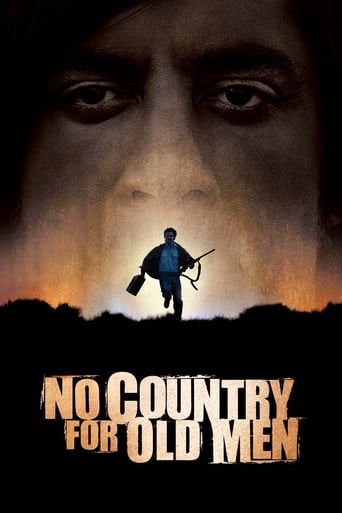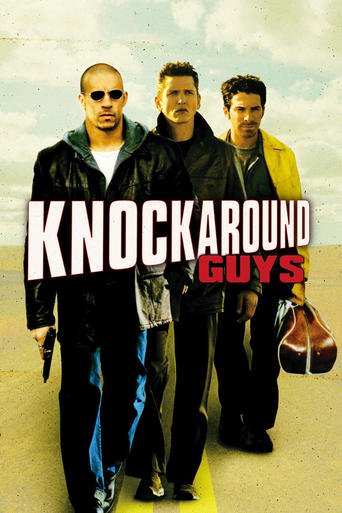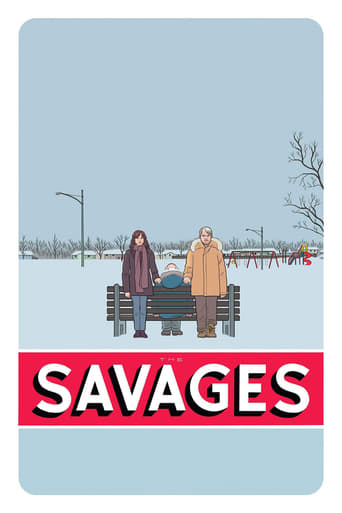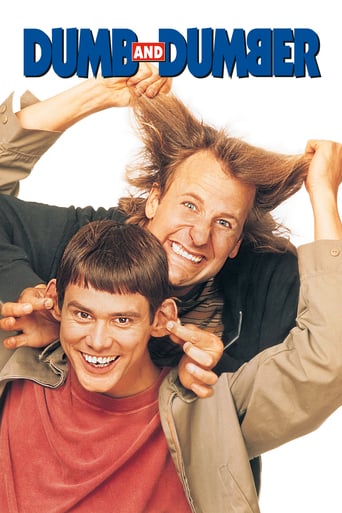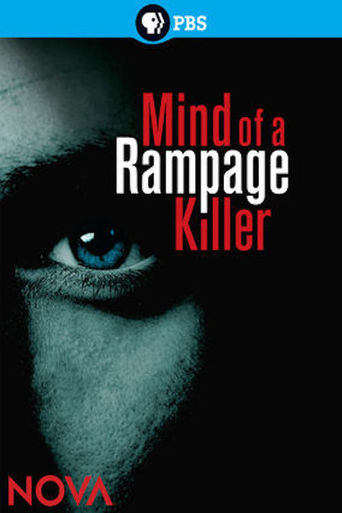
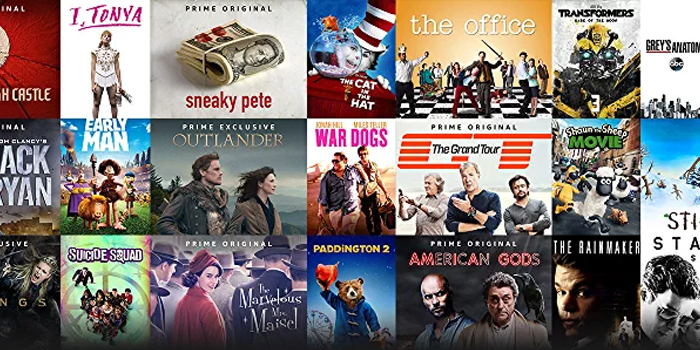
Mind of a Rampage Killer (2013)
Can science help us understand these crimes?
Watch Trailer
Cast
Similar titles
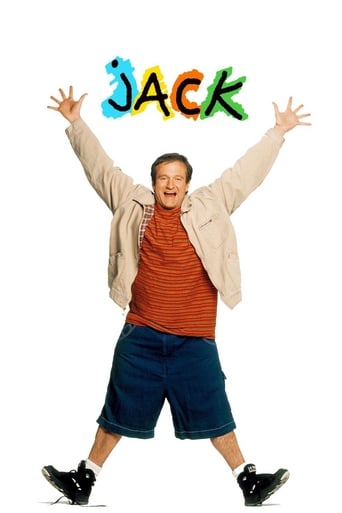
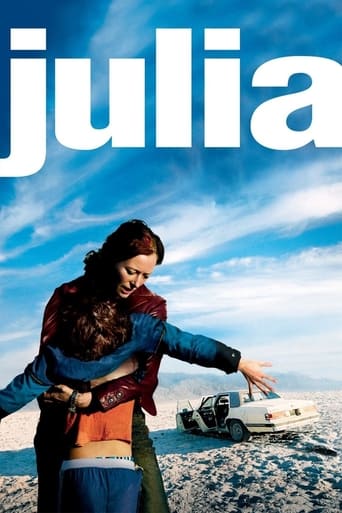


Reviews
So much average
Fantastic!
Did you people see the same film I saw?
Easily the biggest piece of Right wing non sense propaganda I ever saw.
I did not know this was part of a larger TV show/documentary show. I watched it on Netflix and cannot comment on the other parts of that particular series. I can tell you that it does try to get the viewer, especially with the intro. And while it's been a few years since this has been released it's still relevant ... at least in America it is.And that's one of the things, the episode does not really work on. Why is America so prone to those serial killings. Yes there are other countries where stuff like this happens, but the regularity it happens in America is really scary. So questions are raised, but apart from the last part of the short running episode, there are not many answers you'll be getting
"Are Killers born or made"? This was the opening question to "The Mind of a Rampage Killer", a documentary that looks to science in the hopes of developing theories as to why children can grow up to become cold- minded killers. From abnormalities in the brain to the way a mother nurtures her child, theories are explored in search for what predisposes some teenagers to grow up and set fire on innocent lives. The prefrontal cortex, the amygdala, and the hippocampus are three parts of the brain that were mentioned in this documentary to suggest that children with increased violent tendencies may have abnormalities in these parts of their brain. An example from the documentary was that some children may have increased activity in their hippocampus that makes them least likely to forget about being bullied or not fitting in during their childhood and always having a will to seek vengeance. Or for example, the amygdala plays a key role in the processing of emotions and so violent children and teenagers may have more activity in the amygdala of the brain when angry. The documentary also included experiments done on both rats and babies that showed how the nurturing of a mother can cause her young to grow up either stable, or unpredictable and hyperactive. Though the documentary was primarily centered on Andy Williams, a fifteen year old boy who brought a gun to school and ended up killing two students and injuring seventeen others, it also brought up The Sandy Hook Elementary School shooting, the movie theater shooting, and the Columbine High school Massacre. These connections invited viewers to look back on past experiences and make viewers question "How many more must die before something is done about this?" The documentary ended with a simple, yet powerful message, "It is never too early or too late to make a difference in a child's life". Hearing from the killer himself, Andy Williams, his father, and a mother who fears that her own child may one day resort to the means of violence, it is evident that these parents had wished they had paid more attention to their children and Andy reported that he wished he hadn't have been nervous to let his father know what was going on in his personal life. Sadly, many parents are surprised to realize that their children are struggling in school, being excluded, or being bullied, and when they do realize it, most of the time it is too late. The message in this documentary was to push parents, teenagers, and friends alike to be involved and speak out when something does not seem right. After all, it is better to be safe than sorry. From hearing from scientists and researchers of prestigious colleges, to the killers or the family members of these killers themselves, this documentary offered a variety of voices in their presentation of this film. The variety was effective in that it led to the documentary being educational, with researchers conducting experiments with lab rats and babies in an attempt to use science to link nature, nurture and brain structures and functions to violence. Also, hearing from Andy Williams himself, Mr. Williams, a concerned mother, and teenagers in Mendota, a juvenile treatment facility, the documentary also focused on emotions. Hearing a mother say "I love my son, but sometimes he scares me" or hearing how most school shooters say they have no other option and that they want to die by police was effective because it pulled at the heart strings and kept viewers engaged. In class, a student brought up that a documentary is good when it skips straight to the important parts, however, according to our basis for analyzing an effective documentary, a "build up" needs to be created to make important points stand out or be more effective. A difference between movies and documentaries is that documentaries are usually not predictable. For example, in "The Mind of a Rampage Killer", Mendota was initially shown as a scary, almost horror- like esc asylum where teenagers described as "psychopaths in the making", "unemotional", or "coming from Hell" are put in. However, when more information was given on Mendota, showing that while it does have a focus on punishment, with the chains, there is also positive reinforcement such as: McDonald meals, volleyball, academic awards, and birthday cards. This further reiterates the message that children and teenagers who display aggressive, violent behaviors can be saved if people are willing to provide aid and "stop the storm" before these kids erupt with devastating consequences to their violence. The Mind of a Rampage Killer" is an effective documentary in that it follows the criteria for an effective documentary; it educates, inspires reflection, has a call to action, includes a variety of voices, and builds up the story rather than only including "important" parts. Viewers watching the documentary gained knowledge on why some teenagers and children can be more predisposed to violent acts than others, and walked away realizing that these children can be saved and people should step in and take action before allowing others to lose their loved ones. I would recommend this documentary to anyone interested in the psychology behind aggressive acts, those interested in learning why children can grow up to be cold- hearted killers, or even to those who want to help but do not know how to get involved in saving not only these potential killers, but the innocent lives they may also harm.
